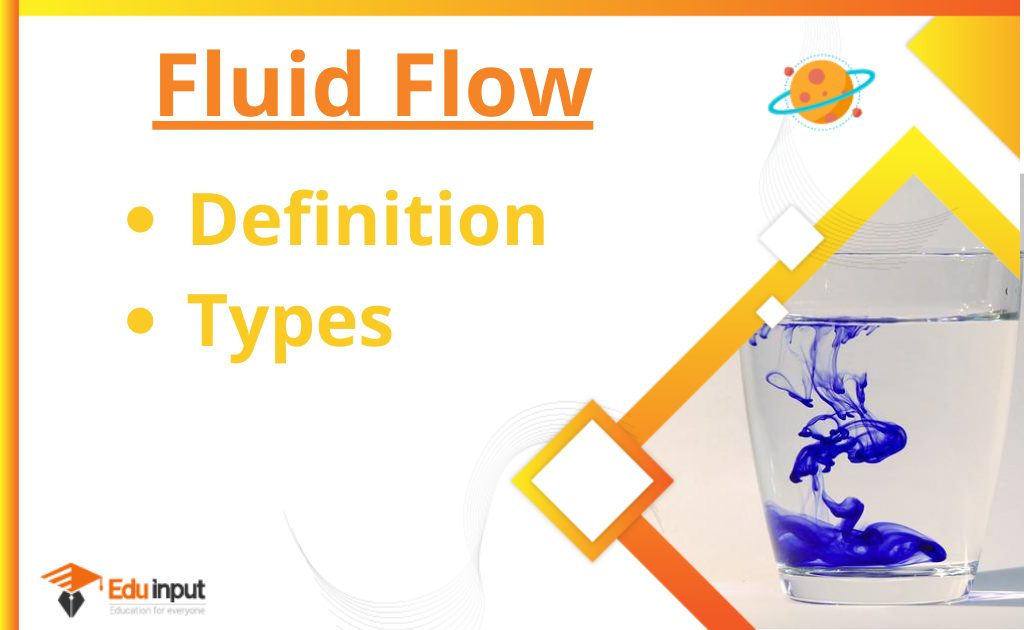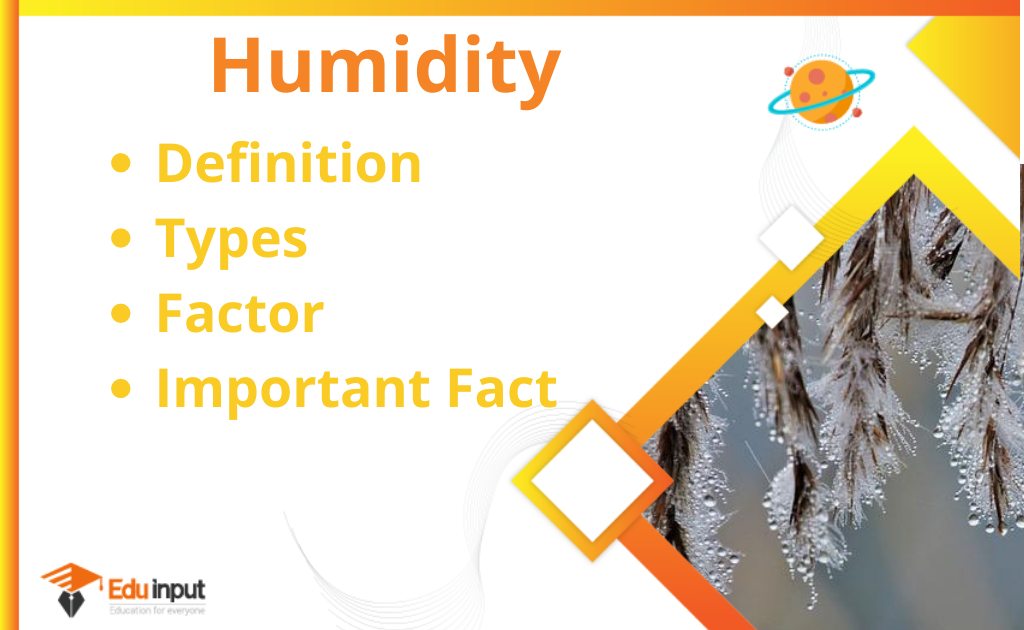Pressure-Definition, Formula, Types, And Applications
Pressure is a physical quantity that measures the force exerted per unit area on an object or a surface. It is the result of molecules or particles colliding with and exerting a force on the surface they come into contact with.
What is Pressure?
Pressure is often considered to be synonymous with force, although the two terms are not exactly interchangeable. A force is any action at a distance between objects; whereas pressure is the force exerted by a body upon another object.
To measure pressure, we use a device called a manometer. A manometer is a mechanical instrument used to measure the amount of pressure applied to a fluid or gas. When measuring the pressure of water, we call it hydrostatic pressure.
When pressure is applied to a liquid, the molecules move closer together. As the molecules get closer together, they exert more pressure on each other. This means that liquids under high pressure tend to expand. Liquids under low pressure tend to contract.
When pressure is placed on a solid, the particles of the material push away from each other. As the particles push away from each other, they exert less pressure on each other. Because solids do not expand under pressure, they do not change shape.
Earth’s pressure system is a system of exceptionally high or low pressure compared to the surrounding air.
Pressure Formula
Pressure is defined as
P=F/A
where F is the force and A is the area. pressure is the force exerted upon a substance due to its weight.
Units of Pressure
Pressure is measured in units called pascals (Pa). A unit of pressure is defined as 1 Newton per square meter (N/m²). In general, the higher the pressure, the greater the force being applied.
There are some other units of pressure.

Types of Pressure
There are four main types of pressure
- Absolute Pressure
- Atmospheric pressure
- Differential Pressure
- Gauge Pressure
Atmospheric Pressure
The atmosphere around the earth exerts a pressure known as atmospheric pressure because it is surrounded by a layer of gases. It is measured with a device called a barometer.
Absolute Pressure
It’s the pressure of having no matter inside a space or a perfect vacuum. The absolute zero is used as a reference point in the measurement of absolute pressure.
The measurement of barometric pressure is one of the best examples of an absolute referenced pressure.
Differential Pressure
The differential pressure is a measurement of the height of a fluid in an apparatus, for example, the level in a reactor of a chemical plant.
Gauge Pressure
There is a relationship between gauge pressure and atmospheric pressure. The output of a gauge pressure sensor can be influenced by weather conditions or altitude.
A gauge pressure higher than ambient pressure is referred to as positive pressure.
Pressure Applications
These are some applications of pressure.
- Hydraulic brakes
- Artesian well
- Blood pressure
- Hydraulic head
- Plant cell turgidity
- Pythagorean cup
- Pressure washing







Leave a Reply